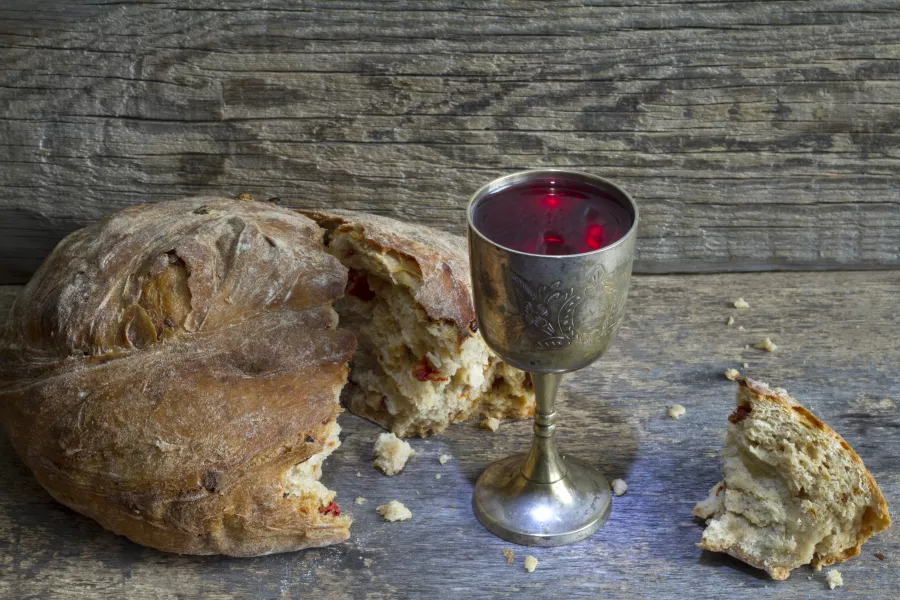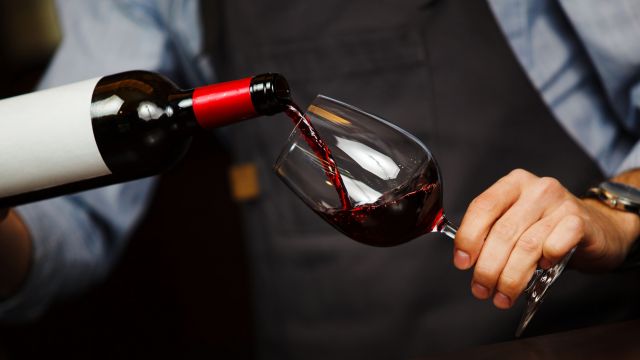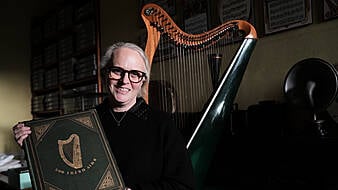In the early years of the 4th century AD, Constantine the Great was converting the Roman Empire to Christianity, the Huns and Visigoths were battling for supremacy in central Europe, and a winemaker in modern-day Germany was pressing what is now the world’s oldest unopened bottle of wine.
Discovered in the tomb of a Roman nobleman in 1867, alongside two sarcophagi, the ‘Speyer Wine Bottle’ is a glass amphora thought to contain a degraded mixture of wine, olive oil and herbs. Now on display at the Historical Museum of the Palatinate, technically no one knows for that the bottle contains wine, as absolute proof would require opening the bottle.
The concept of wine vintages goes back almost as far as the drink itself. In Ancient Rome writer and philosopher Pliny the Elder wrote extensively about wine and its consumption, declaring that 121 BC had been a superb year thanks to a bountiful grape harvest yielding wines of unusual quality.

The ensuing bottles became known as the Opimian vintage, and were still fetching high prices in Pliny’s era two centuries later, though he admitted they had “been reduced to the consistency of honey, with a rough flavour”.
Suleiman the Magnificent is renowned for expanding Ottoman dominion into one of history’s largest empires, but his successor Selim II was more concerned with his cellars than his soldiers. Nicknamed “Selim the Drunk”, he was sozzled for much of his reign, and according to legend his great love of Cypriot wine helped inform his decision to invade the island in 1570.

The ensuing war killed thousands of Ottoman troops and saw Selim’s navy trashed at the Battle of Lepanto, but he was able to secure a few Cypriot ports from which to ferry his favoured vintage. He died in 1574, after drunkenly falling and hitting his head on the floor.
A legendary French microbiologist, Louis Pasteur’s scientific contributions are almost without precedent, but pasteurisation is synonymous with him that it shares his name. In 1863, at the express request of Emperor Napoleon III, Pasteur all but saved the French wine industry by realising you could sterilise a substance by quickly heating and cooling it – all from analysing a few glasses of increasingly off red.
In the 1920s and early 1930s, Prohibition in the United States banned the sale, possession and consumption of all alcoholic substances, from the strongest spirits to the most anaemic ales, in an effort to improve public morals. This presented something of a problem for America’s booming vineyards, but there was one institution that still needed a steady flow of red – the Catholic church.

In California, crafting sacrament wine became a legal loophole for winemakers, and winemakers with permits produced new wines in vast quantities. Indeed, they made far more than any church could get through, and being a friend to the clergy probably meant you could throw entertaining parties.







